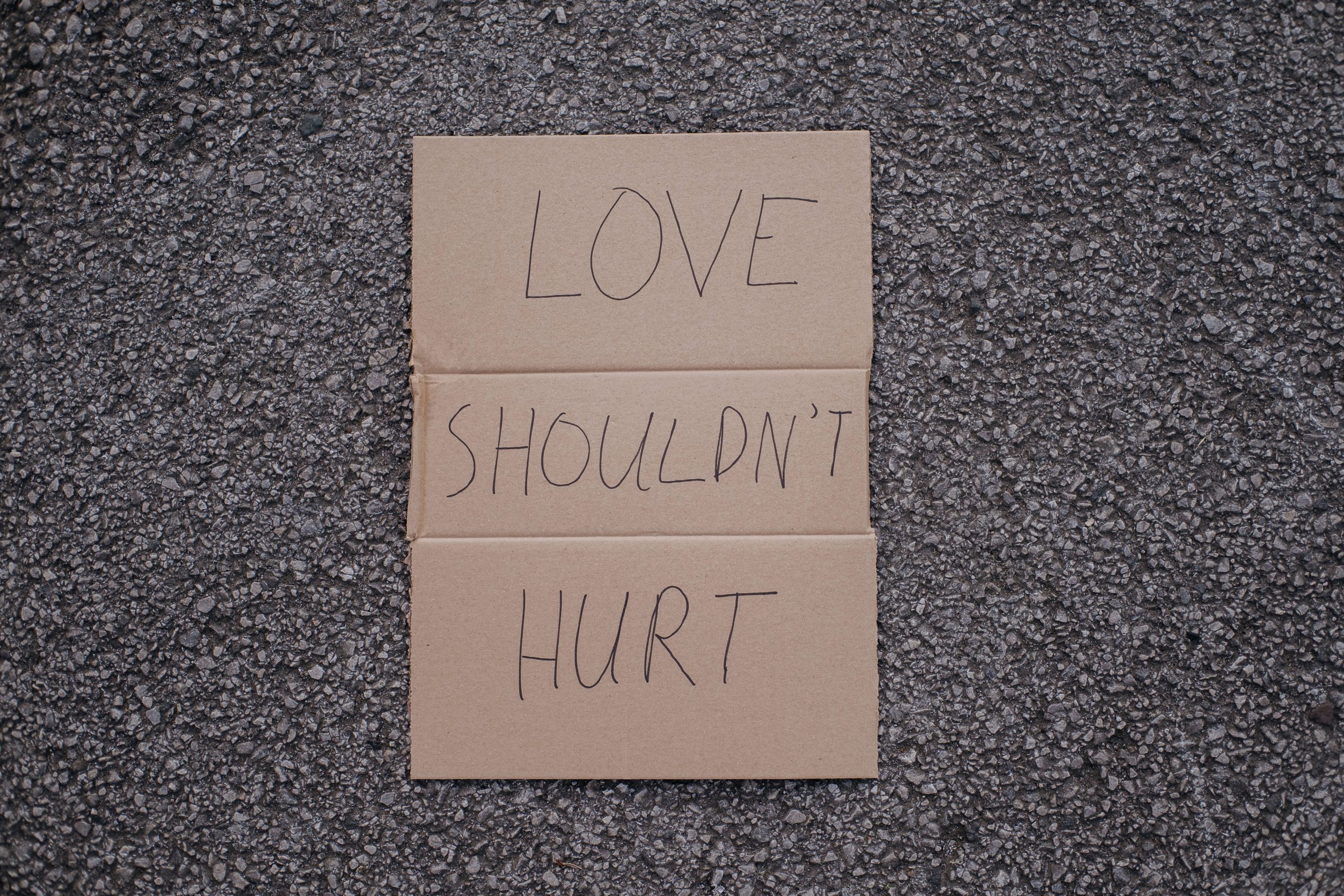October is Domestic Violence Awareness Month

Every October since 1989, communities across the United States have recognized Domestic Violence Awareness Month (DVAM) — a time to honor survivors, remember victims, and raise our voices against abuse. Here in Canada, DVAM is officially observed in November, while October is also celebrated as Women’s History Month.
This mission is personal to me. In my debut novel, Memphis, the main character escapes her abusive husband with her young child and begins a dangerous but hopeful journey toward a new life. While her story is fictional, it reflects the real experiences of countless women who face the terrifying choice of staying in harm’s way or risking everything for freedom.
That’s why I feel called to speak up during this month of awareness. My hope is not only to encourage survivors who may be planning their own escape, but also to empower bystanders — friends, family, coworkers, and community members — to become safe, supportive helpers for those experiencing abuse.
Domestic violence can happen to anyone, regardless of age, gender, race, sexuality, or background. It is far more than physical harm — it is a pattern of behavior rooted in power and control. Abuse often includes:
- Physical violence (hitting, choking, threats with weapons)
- Sexual violence (coercion, intimidation, or assault)
- Emotional and verbal abuse (manipulation, threats, humiliation)
- Spiritual abuse (using religion to control or shame)
- Financial abuse (controlling income, preventing a partner from working)
- Harassment and stalking (online or in person)
- Cyber-violence (non-consensual image sharing, online bullying, surveillance)
The impact of domestic violence runs deep. Survivors may face anxiety, depression, PTSD, eating disorders, sleep disturbances, chronic pain, and more. For many, the trauma ripples across generations, affecting children and entire families.
How You Can Help Survivors
- Don’t tell them to “just leave.” Leaving is often the most dangerous time. Survivors know best when it’s safe.
- Believe survivors. Simple words like “I believe you” and “This isn’t your fault” can begin to restore confidence and self-worth.
- Connect them with resources. Shelters, counselors, and advocates can provide expert help.
- Offer practical support. Childcare, rides, a safe place for pets, or holding onto a safety bag can make a real difference.
- Assist financially or legally. Help with costs, legal aid, or simply accompanying them to court shows they’re not alone.
- Stand by them long-term. Healing takes time. Ongoing support matters long after someone leaves.
A Collective Responsibility
Domestic violence thrives in silence. By talking openly about abuse, supporting survivors, and holding perpetrators accountable, we can break the cycle.
This October (and in Canada, this November), I invite you to show your support:
Wear purple or do Purple Thursdays— the color of courage and survival — to spark conversations and honor victims and survivors.
Share resources in your community.
Listen without judgment if someone you love opens up.
Together, we can build a world where every person is safe in their own home.









